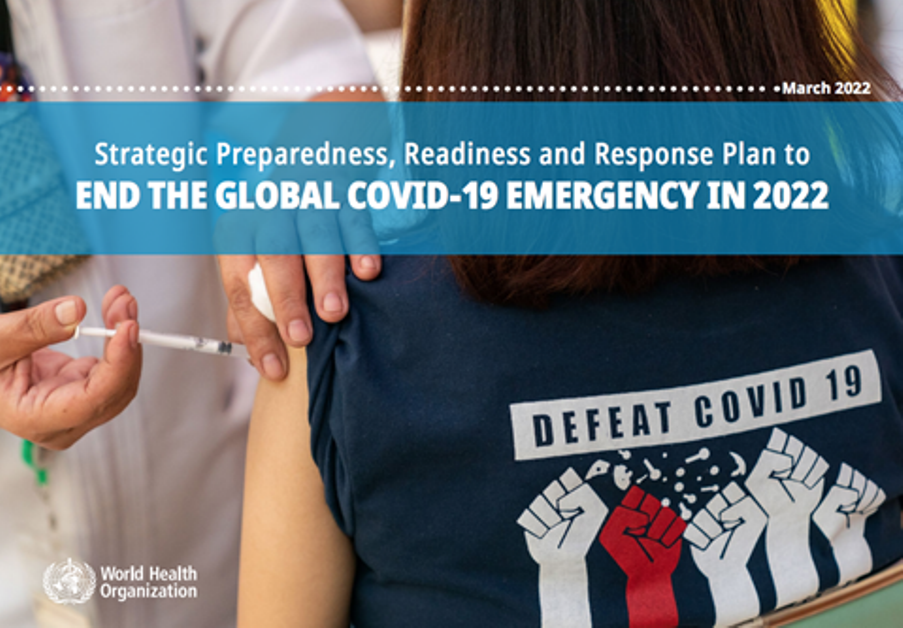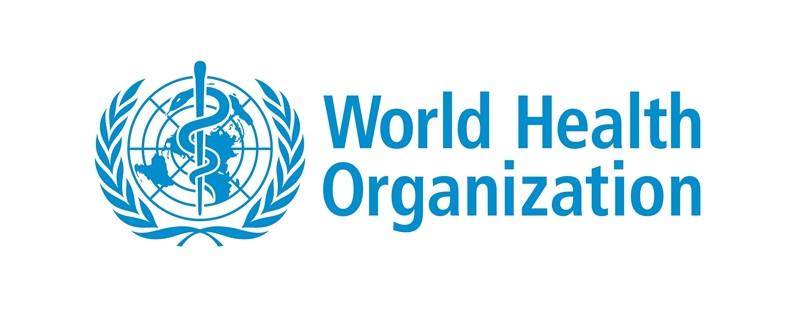One in three countries do not have the capacity to use this critical tool
 KRC TIMES Desk
KRC TIMES Desk

WHO is releasing a strategy to strengthen and scale up genomic surveillance around the world.
Historically, few countries have routinely done genomic surveillance in-country, a technology considered complicated and expensive. But COVID-19 changed that.
Genomic surveillance is the process of constantly monitoring pathogens and analyzing their genetic similarities and differences. It helps researchers, epidemiologists, and public health officials to monitor the evolution of infectious diseases agents, alert on the spread of pathogens, and develop countermeasures like vaccines.
The Global genomic surveillance strategy for pathogens with pandemic and epidemic potential 2022–2032 is not specific to a single pathogen or disease threat. It provides a high-level unifying framework to leverage existing capacities, address barriers and strengthen the use of genomic surveillance worldwide.
Data collected by WHO show that in March 2021, 54% of countries had this capacity. By January 2022, thanks to the major investments made during the COVID-19 pandemic, the number had increased to 68%. Even greater gains were made in the public sharing of sequence data: in January 2022, 43% more countries published their sequence data compared to a year before.
Despite this fast progress, much remains to be done. Any new technology comes with the risk of increasing inequity, which is one of the gaps this strategy targets.
Various public health programmes – from Ebola to cholera – use genomic surveillance to understand a pathogen at its molecular level, but COVID-19 has highlighted the challenges of bringing genomics to scale.

“The complexities of genomics and the challenges of sustaining capacities in different settings, including workforce needs, mean that most countries cannot develop these capabilities on their own. The global strategy helps keep our eyes on the horizon and provides a unifying framework for action. WHO looks forward to working with countries and partners in this important and highly dynamic field,” said Dr Tedros Adhanom Ghebreyesus, WHO Director-General. “We will do best if we work together.”
The COVID-19 pandemic has shown that health systems need genomic surveillance so that risks are rapidly detected and addressed. This technology has been critical in this response, from the identification of a novel coronavirus to the development of the first diagnostic tests and vaccines to the tracking and identification of new virus variants.
“Genomic surveillance is critical for stronger pandemic and epidemic preparedness and response,” said Dr Michael Ryan, Executive Director, WHO Health Emergencies Programme. “This pandemic has laid bare the fact that we live in an interconnected world and that we are only as strong as our weakest link. Improving global disease surveillance means improving local disease surveillance. That is where we need to act, and this strategy will provide us with the foundation.”
Advertisements | 5E For Success

5 Advantages of KRC 5E for Success MDP course, powered by KRC Foundation.
1. Employability training
2. Internship
3. Earn while you learn ( Work Experience Certificate, subject to selection and performance)
4. 100% Cashback on Fees through Global Garner
5. KRC Membership & Placement assistance.
Send your resume to get a free profiling session and selection.
Email resume: 5eforsuccess@gmail.com
WP: 9531090090



